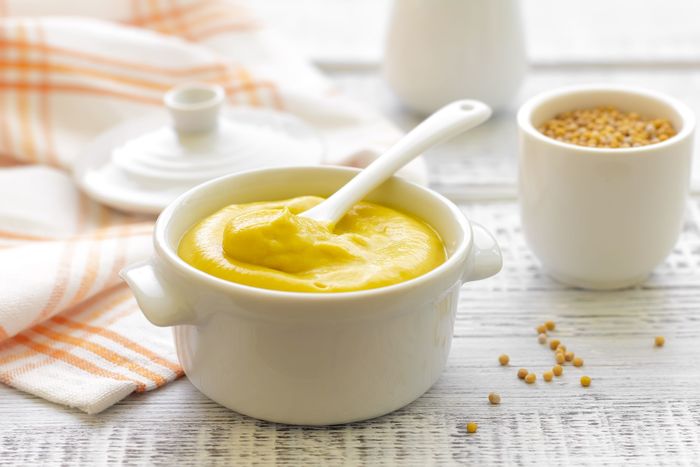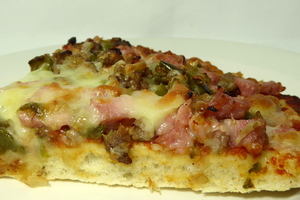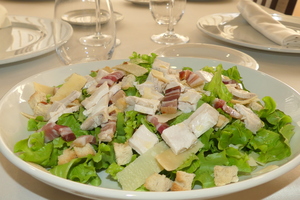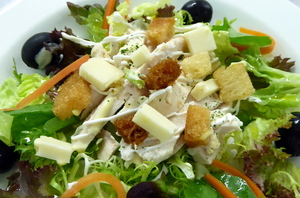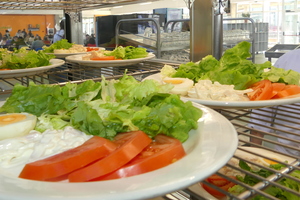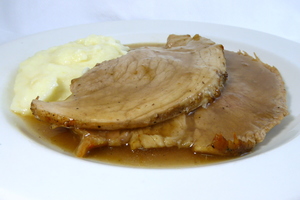Mustard
Mustards belong to the cruciferae family.
In the past, a very tasty and spicy variety called “black mustard” (Brassica nigra) was grown throughout Europe, but the difficulties regarding its harvest (it can only be harvested manually) caused that its growth became very limited. Nowadays, the variety grown the most is Appel mustard (Brassica juncea), Canada being one of the main producers and exporters of its seeds.
Nutritional information (100.0 g)
Energy
150.0
kcal
Carbohydrates
3.5
g
Proteins
7.0
g
Lipids
11.0
g
Sugars
5.8
g
Salt (Sodium)
2400.0
mg
Folic acid
0.0
ug
Vitamin C
0.0
g
Vitamin A
0.0
ug
Zinc
0.0
mg
Iron
0.0
mg
Calcium
0.0
mg
Cholesterol
0.0
mg
Polyunsaturated fatty acids
0.0
g
Monounsaturated fatty acids
0.0
g
Saturates
0.5
g
Fiber
0.0
g
The data is merely a guide and should not be used for medical purposes. Those responsible for the web disclaims any responsibility.
Recipes
-
Type of dish
- Beers
- Cocktails
- Breakfasts and brunch
- Burguers
- Juices, milkshakes and beverages
- Shellfish
- Bread and pastries
- Pizzas, patty
- Dessert
- Pasta
- Sándwich
- Pastries
- Finger foods
- Ice creams and sorbets
- Legumes
- Salads
- Eggs
- Patty
- liqueur
- Harvard plate
- Main course
- Meats
- Fish
- Birds
- Vegetables
- Soups and creams
- Rices
- Coffee, chocolate and infusion
- Cheeses
- Appetizers and canapes
- Temperature
- Cuisine type
- Additional culinary preparation
- Conservation technique
- Seasonal recipes
-
- Aromatic herbs
- Beverages
- Big game hunt
- Bread and pastries
- Canned goods and pickles
- Cereals
- Condiments, spices and additives
- Cooked, salted, preserved and cold meats
- Dried fruits and nuts
- Dry pulses
- Edible oils and vinegars
- Eggs and derivatives
- Feathered game hunt
- Fish cuts
- Fishes
- Insects
- Kitchen and bakery tecniques
- Kitchen and bakery utensils
- Meat cuts
- Meats
- Milk, cream and derivatives
- Mushrooms
- Offal
- Pasta, rice, flour and derivatives
- Poultry
- Seafood
- Service techniques
- Service utensils
- Vegetables cuts
- Vegetables, fruits, tubers and seaweed

